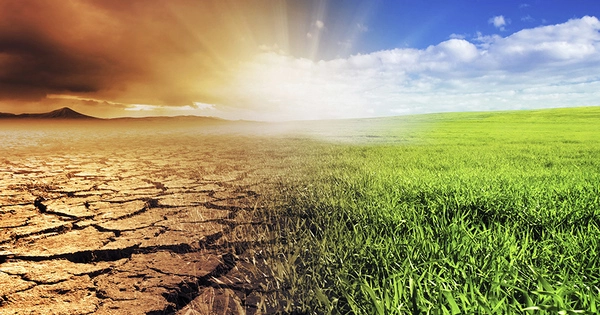The Grassfed Difference
posted on
January 16, 2022
While we believe in–and constantly talk about–the health benefits and environmental value of pastured animal proteins, it becomes necessary and beneficial to revisit the “WHY” from time to time. Today we’re offering some detail on the “WHY” of grass-fed (and of course, grass-finished) beef. Here goes….
GRASS-fed: Provides every cow over 100,000 sq. ft. of fresh pasture via daily moves to fresh pasture.
GRAIN-fed: Raised in concrete/dirt feedlots with as little as 60 sq. ft. per animal (6’ x 10’ area)
GRASS-fed: Requires sunlight, water, fresh air, and management.
GRAIN-fed: Requires fossil fuels, soil tillage, chemicals, and tax-dollar subsidy.
GRASS-fed: Regenerates the soil and sequesters carbon through perennial plants and migratory cattle management.
GRAIN-fed: Degrades the environment and emits carbon due to annual agriculture, soil tillage, and transportation.
GRASS-fed: Calves left with their mothers for up to 10 months—for optimal early development, naturally.
GRAIN-fed: Calves separated from their mothers at 5-6 months—supported with sub-therapeutic antibiotics and synthetic growth hormones.
GRASS-fed: Long lifespans due to natural forage diets, exercise, fresh air, and sunshine.
GRAIN-fed: Short lifespans due to high grain diets and hormone implants
GRASS-fed: Produces meat higher in anti-inflammatory omega-3 fats
GRAIN-fed: Produces meat higher in inflammatory omega-6 fats.
GRASS-fed: Grass diet = cows with a balanced PH and healthy gut function
GRAIN-fed: Grain diet = Highly acidic rumen (stomachs), which causes acidosis and e-coli-infestation that is not separable from the meat or milk they produce (cattle are not designed to eat grain)
GRASS-fed: Daily salad bar of diverse perennial medicinal forages.
GRAIN-fed: Consume GMO grains produced with chemical fertilizer, herbicides, and pesticides.
GRASS-fed: Our cattle are harvested at small-scale family-owned abattoirs open to the public who process a few animals per day.
GRAIN-fed: Harvested at industrial-scale slaughterhouses closed to the public who process thousands of animals per day.
GRASS-fed: Cows self-harvest the grass below their feet and naturally fertilize the fields as they graze.
GRAIN-fed: Feed must be grown and hauled from afar, and due to the concentration of animals, the manure they generate becomes a logistical nightmare.
GRASS-fed: Accounts for 3% of U.S. retail beef sales, with much of it happening locally where the consumer knows the farm and the farmer.
GRAIN-fed: Accounts for 97% of U.S. retail beef sales, with national distribution, the consumer is disconnected from the production. (conveniently?)
GRASS-fed: An industry made up of thousands of family farms—who operate both independently and collaboratively.
GRAIN-fed: An industry controlled by four main corporations—who by the way, now have considerable clout in both state and national legislative decision making.
GRASS-fed: Herbivores (cattle) and the grass ecology have thrived in this choreography for millennia
GRAIN-fed: Made possible within the last 80 years by industrialized agriculture which in turn is only viable via government price fixing and subsidy.
GRASS-fed: Slower, better-tasting, happier, healthier.
GRAIN-fed: Fatter, faster, bigger, cheaper.
We share these stark differences to highlight the important impact you are making by supporting regenerative farms like Pasture to Fork. Together we can change the world for the better. And that’s the View from the Country.
P.S. To read the sequel article to this one where we delve into the nutrition of grass-fed beef, click here.
Quotes worth Re-quoting ~
“The shorter the chain between raw food and fork, the fresher it is and the more transparent the system is.”― Joel Salatin
“The ninety-nine cent price of a fast-food hamburger simply doesn’t take account of that meal’s true cost–to soil, oil, public health, the public purse, etc., costs which are never charged directly to the consumer but, indirectly and invisibly, to the taxpayer (in the form of subsidies), the health care system (in the form of food-borne illnesses and obesity), and the environment (in the form of pollution), not to mention the welfare of the workers in the feedlot and the slaughterhouse and the welfare of the animals themselves.”― Michael Pollan



